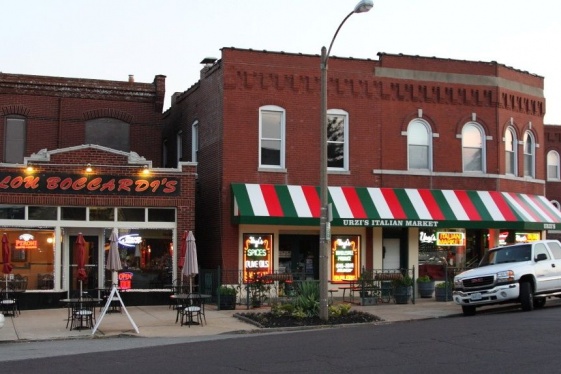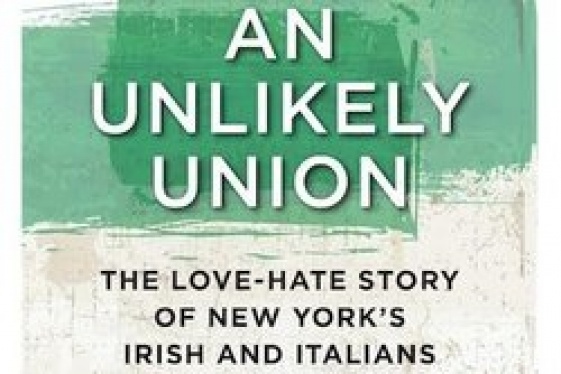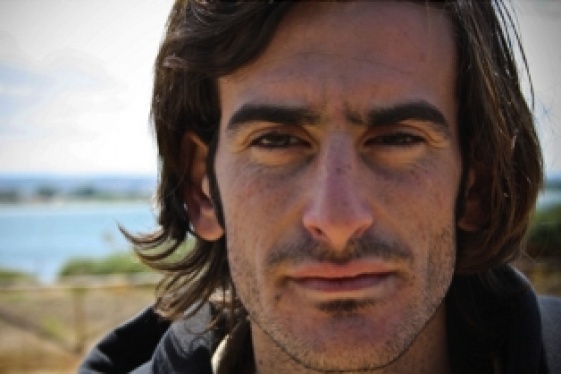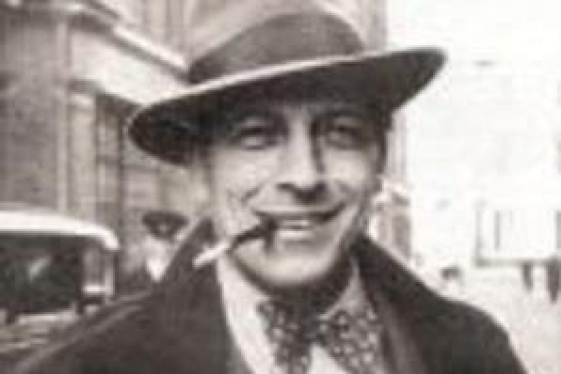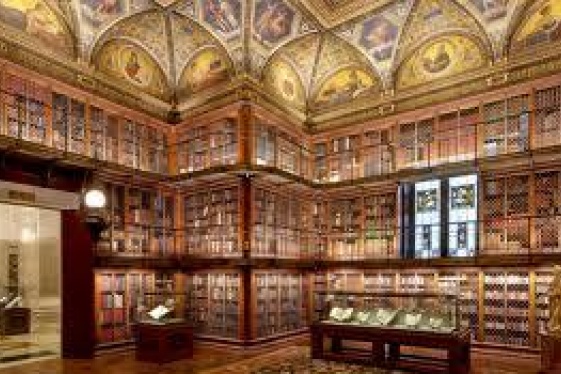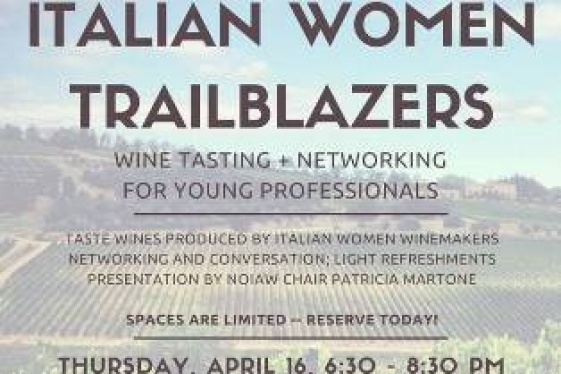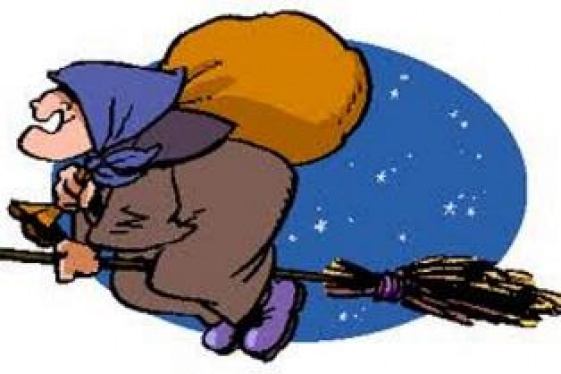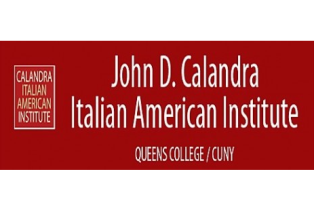

MIGRATING OBJECTS. Material Culture and Italian Identities
April 28-30, 2016
JOHN D. CALANDRA ITALIAN AMERICAN INSTITUTE
Queens College, City University of New York
25 West 43rd Street, 17th floor (between 5th and 6th Avenues), Manhattan
In Helen Barolini's multigenerational, women-centered novel Umbertina (1979) the journey of a woven bedspread is a key motif. Umbertina commissions the coperta matrimoniale and treasures it as she emigrates to the United States. The brilliantly hued matrimonial cover, with its intertwined embroidered floral designs, offers the young wife and mother solace amidst the squalor of tenement life. But poverty forces the destitute immigrant to sell the coverlet, and decades later it is displayed at the Ellis Island Immigration Museum, its origins and complicated migration story forgotten and lost.
Barolini's fictional migrating object is an emblematic subject for the John D. Calandra Italian American Institute's 2016 conference theme. Material culture, broadly defined, includes all objects and things modified by humans, from the hand-crafted (a crocheted doily) to a mass-produced, factory-made object (Olivetti typewriter), including the visual arts (The Sistine Chapel), architecture (Fascist colonial modernism in the Eritrean capital Asmara), and landscapes (a Little Italy). Objects exist, they circulate and are interpreted within different regimes of value whether it be domestic spaces, popular culture, sacred realms, or the world of commodities. How objects are used to communicate, store memories, and elicit narratives are the concern of this conference.
Material culture is inextricably tied to social identities, which are negotiated, reproduced, or contested through spatial and temporal shifts. Material culture studies recognizes how objects are made and subsequently move from one environment to another. The migration and recontextualization of things provide opportunities for transvaluation, when new and evolving meanings are ascribed to inanimate objects at the same time that pre-existing ideologies linger in new places. For example, we see this reinterpretation over time with the Christopher Columbus monument in Pueblo, Colorado, erected in 1905. A symbol of publically displayed ethnicity born out of historical moments, today the statue is a contested site where members of a pluralistic society challenge the fifteenth-century Genovese navigator's legacy. Such shifts occur in much less publically visible or problematized spaces as well.
This interdisciplinary conference focuses on material culture in the contexts of Italy, its colonies, and its diasporic communities. We are particularly interested in new approaches to the analysis of material culture that draw from the social sciences and the humanities, discovering hitherto unexplored perspectives and expressions.
SUGGESTED PAPER TOPICS INCLUDE, BUT ARE NOT LIMITED TO, THE FOLLOWING:
Consumerism and consumption
Ephemeral and fragile objects, e.g., textiles, St. Joseph altars
Objects and narration
Religious material culture
Artifacts of daily life and the making of home
Tourism and marketing of cultural heritage
Heritage objects and heritage sites
Monuments and sites of memory
Landscapes as material culture, e.g., gardens, cemeteries
Nationalism, colonialism, war, e.g., The Obelisk of Axum
Objects of stereotype and racism, e.g., an "Organ Grinder and Monkey" salt and pepper shaker
Libraries, archives, and museums
Collecting and collectors
Preservation and conservation
Media (photography, film, print) as material culture
Material culture studies and the Internet
The official language of the conference is English. All presentations are to last no longer than twenty minutes, including audio and visual illustrations. Thursday evening is dedicated to welcoming comments and reception; sessions and panels will take place all day Friday and Saturday. There are no available funds for travel, accommodations, or meals.
_________________________________________________
DEADLINE FOR SUBMISSIONS: SEPTEMBER 18, 2015.
Abstracts for scholarly papers (up to 500 words, plus a note on technical requirements) and a brief, narrative biography should be emailed as attached documents by September 18, 2015, to [email protected], where other inquires may also be addressed. We encourage the submission of organized panels (of no more than three presenters). Submission for a panel must be made by a single individual on behalf of the group and must include all the paper titles, abstract narratives, and individual biographies and emails. In addition to academic papers and panels, this conference is open to visual artists discussing their works in the paper/panel format. Submissions by visual artists must include abstracts for papers (up to 500 words, plus a note on technical requirements), up to five .jpgs, and a brief narrative biography.
_________________________________________________
FOR FURTHER INFORMATION SEE OUR WEB SITE WWW.QC.EDU/CALANDRA
The John D. Calandra Italian American Institute, Queens College, is a university-wide research institute of the City University of New York, dedicated to the history and culture of Italians in the United States.
John D. Calandra Italian American Institute
Queens College, CUNY
25 West 43rd Street, 17th floor
New York, NY 10036
You may be interested
-
“The Hill” St. Louis’ Little Italy
When the fire hydrants begin to look like Italian flags with green, red and white stripes,...
-
An Unlikely Union: The love-hate story of Ne...
Award-winning author and Brooklynite Paul Moses is back with a historic yet dazzling sto...
-
Cathedral of St. John the Divine, Oratorio S...
For the first time ever, The Cathedral of St. John the Divine, in collaboration with the O...
-
Davide Gambino è il miglior "Young Italian F...
Si intitola Pietra Pesante, ed è il miglior giovane documentario italiano, a detta della N...
-
Garibaldi-Meucci Museum to Celebrate Ezio Pi...
On Sunday, November 17 at 2 p.m., Nick Dowen will present an hour-long program on the life...
-
Italian Master Drawings From The Morgan (Onl...
The Morgan Library & Museum's collection of Italian old master drawings is one of the...
-
Italian Women Trailblazers - Young Professio...
April 16, thursday - 6,30 EDTAzure - New York, NY - 333 E 91st St, New York 10128Tick...
-
La Befana makes her way to the Garibaldi-Meu...
Saturday, January 10at 2:00pm - 4:00pm, Garibaldi-Meucci Museum 420 Tompkins Ave, Staten I...



